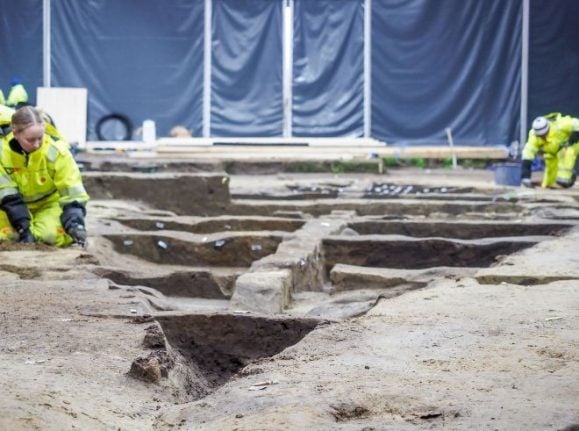“In Sweden two methods of burial are allowed; earth burial or cremation. So here we are,” said Ingegerd Widell of the Swedish Tax Agency (Skatteverket) to Swedish daily Svenska Dagbladet (SvD).
The possibility to freeze-dry the bodies of deceased people in liquid nitrogen has been discussed for many years, according to the paper, and for many years the agency believed it would become legal.
“But we aren’t quite there yet,” said Widell to the paper.
The twelve dead Swedes have so far been given a special exemption while the burial method was being tested.
But despite the successful testing on pigs, the agency has come to the conclusion that there’s not enough proof indicating that the method works. Neither, they argue, is it even legal at present in Sweden.
Therefore, no more exemptions will be issued and neither will the existing ones be extended.
Biologist Susanne Wiigh-Mäsak at the company Promessa, which is developing the method, has applied for an extension from the agency but to no avail. She feels undermined by the establishment.
“It is inexplicable. But it is hard to overlook that earlier there was an established business that was left to its own devices and then Promessa came onto the scene,” she said to SvD.
It will now be up to the authorities to decide what will happen to the bodies of the twelve dead people, in consultation with their relatives, according to the paper.



 Please whitelist us to continue reading.
Please whitelist us to continue reading.
Member comments